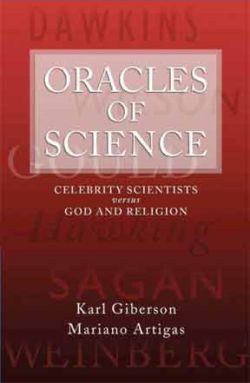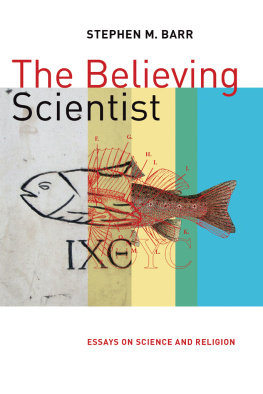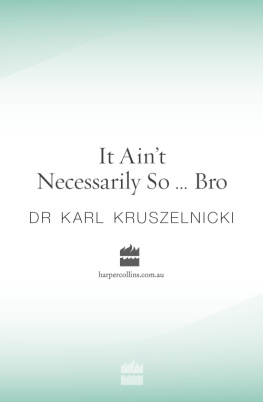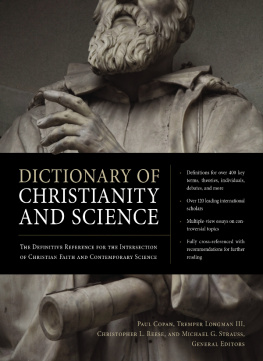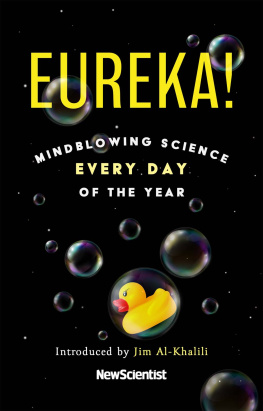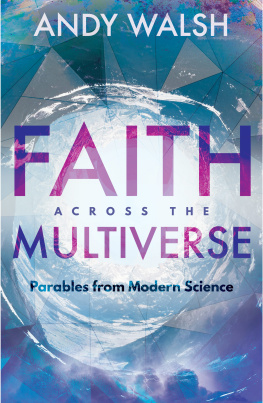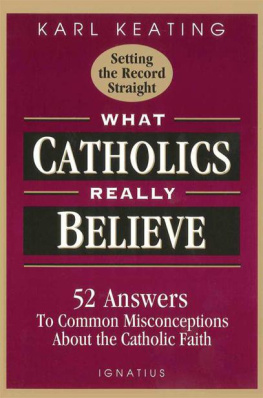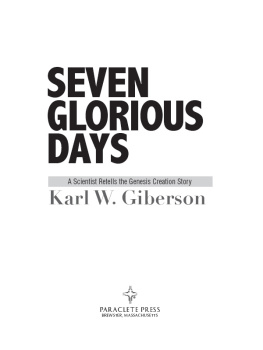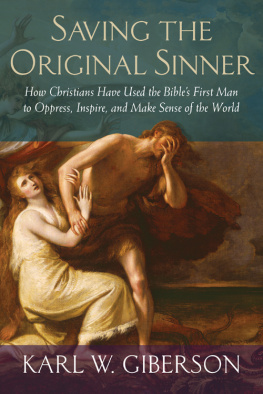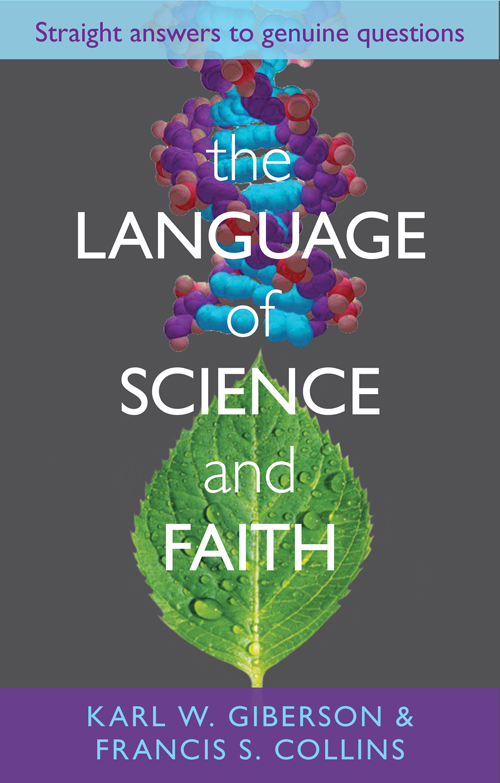
Praise for The BioLogos Foundation
Christians and secularists alike are in danger of treating Darwin vs. the Bible as just another battlefront in the polarized culture wars. This grossly misrepresents both science and faith. BioLogos not only shows that there is an alternative, but actually models it. Gods world and Gods word go together in a rich, living harmony.
N. T. Wright, author of The Challenge of Jesus
[The BioLogos team] may be the only people in the world capable of pulling off this project. They have courage as well as unquestioned respect from both sides of the debate, which has long begged for bridge-builders.
Philip Yancey, author, editor, Christianity Today
A wise, constructive rapprochement between faith and science is one of the worlds urgent needs, and this need will only intensify as the global era raises a host of new ethical issues. Few people have the expertise, wisdom and prestige to make such a contribution. I welcome The BioLogos Foundation warmly.
Os Guinness, EastWest Institute
Many people today, both secular and Christian, want us to believe that science and religion cannot live together. Not only is this untrue, but we believe that a thoughtful dialogue between science and faith is essential for engaging the hearts and minds of individuals today. The BioLogos Foundation provides an important first step toward that end.
Tim Keller, author of The Reason for God

First published in Great Britain in 2011 with permission from
InterVarsity Press, P. O. Box 1400, Downers Grove, Illinois 60515, USA
Society for Promoting Christian Knowledge
36 Causton Street
London SW1P 4ST
www.spckpublishing.co.uk
Copyright Francis S. Collins and Karl W. Giberson 2011
All rights reserved. No part of this book may be reproduced or transmitted in any form or by any means, electronic or mechanical, including photocopying, recording, or by any information storage and retrieval system, without permission in writing from the publisher.
SPCK does not necessarily endorse the individual views contained in its publications.
All Scripture quotations, unless otherwise indicated, are taken from the Holy Bible, New International Version, copyright 1973, 1978, 1984 by International Bible Society. Used by permission of Hodder & Stoughton Publishers, a member of the Hachette UK Group. All rights reserved. NIV is a registered trademark of International Bible Society. UK trade number 1448790.
British Library Cataloguing-in-Publication Data
A catalogue record for this book is available from the British Library
ISBN 9780281064281
E-ISBN 9780281066070
10 9 8 7 6 5 4 3 2 1
Printed in Great Britain by Ashford Colour Press
Produced on paper from sustainable forests
eBook by Graphicraft Limited, Hong Kong
Contents
2 Can We Really Know the Earth Is
Billions of Years Old?
7 What Is the Fine-Tuning of the Universe,
and How Does It Serve as a Pointer to God?
T he world is awash in books about the relationship between science and religion. Why do we need another one?
The short answer is that this conversation is important. Some topicsraising children, looking after the planet, improving society, searching for meaningmerit continuous consideration. No book, no matter how grand, will ever close any of these conversationsfor each generation, each decade, even each year, brings its own fresh set of issues and new perspectives.
The intersection of science and religion is an important crossroads, for it is there that the world of facts meets the world of values. It is there that we ask our deepest questions: How did we get here? Does our existence have a purpose? Does God exist? How is God revealed in the world? How do we relate to the rest of nature? It is there that we reflect on our religious commitments and decide what to embrace as ultimate truth.
The Language of Science and Faith surveys this intersection. The authors are evangelical Christians, committed to the historic truths of Christianity and the central role of the Bible in communicating those truths. But as scientists, the authors are mindful that the changing understanding of the natural world invites continuous reconsideration of some of those truths, particularly those relating to the natural world. Sometimes, as with Galileo, this changing understanding can seem threatening to faith. Other times, as seen recently with the discovery that the laws of nature are fine-tuned for life, this changing understanding is wonderfully faith-affirming.
The intersection of science and religion is a controversial place, filled with potholes, poisonous vines and landmines. Countless assertions, some of them contradictory, are made by Christians with great force on many topics, including the age of the earth, the source of morality, the nature of the Genesis creation account and the origins of humankind. The authors are mindful of these controversies and have striven to offer words of reconciliation and harmony, seeking to avoid adding fuel to fires that have been burning far too long. On the other hand, as scientists, the authors are convinced that there are truths about the natural world that must be confronted, no matter how disturbing they seem. But as Christians, the authors are also convinced that there are certain theological truthslike God is the Creatorthat must be integrated into any understanding of nature if it is to be a Christian understanding.
On topics where legitimate disagreement exists, readers are offered a range of possibilities consistent with what is known about the natural world and the Bible. The approach to such controversies presented here derives from the belief that God has provided two distinct, complementary and reliable revelationsthe Bible and the natural world. The Language of Science and Faith seeks a harmony in which the insights of both are respected and taken seriously, and one is not automatically assumed to trump the other.
This book is organized within a framework of questions. Each chapter gathers a collection of closely related topics and presents them as responses to questions. The authors hope this will make it easy for readers to find what they are looking for without having to hunt for it.
Books take a long time to go from inspiration to execution, and this one is no exception. In the case of this book, one of the authors, Francis Collins, fully completed his contribution in the spring of 2009, including the signing of the book contract with InterVarsity Press. Shortly after signing the contract he was appointed Director of the National Institutes of Health (NIH), the worlds largest medical research institution. Consistent with the expectations of such a federal appointment, he did no further work on this project after he assumed the directorship of the NIH.
Readers interested in continuing the conversation in this book are encouraged to visit www.biologos.org.
A ll books have a history. This one started with Francis Collinss decision to write The Language of God: A Scientist Presents Evidence for Belief , which went on to become a bestseller.
The Language of God told the story of how Francis found harmony between his science and his Christian faith. He was a world-class scientisthe had led the Human Genome Project to a successful completion and then went on to become the head of the National Institutes of Health, where he presently works. But he was also a committed believer with a winsome and inspiring testimony. His story moved readers who were wrestling with questions of faith and science, and seeking the place of rest that Collins had found in his own journey.
Next page

